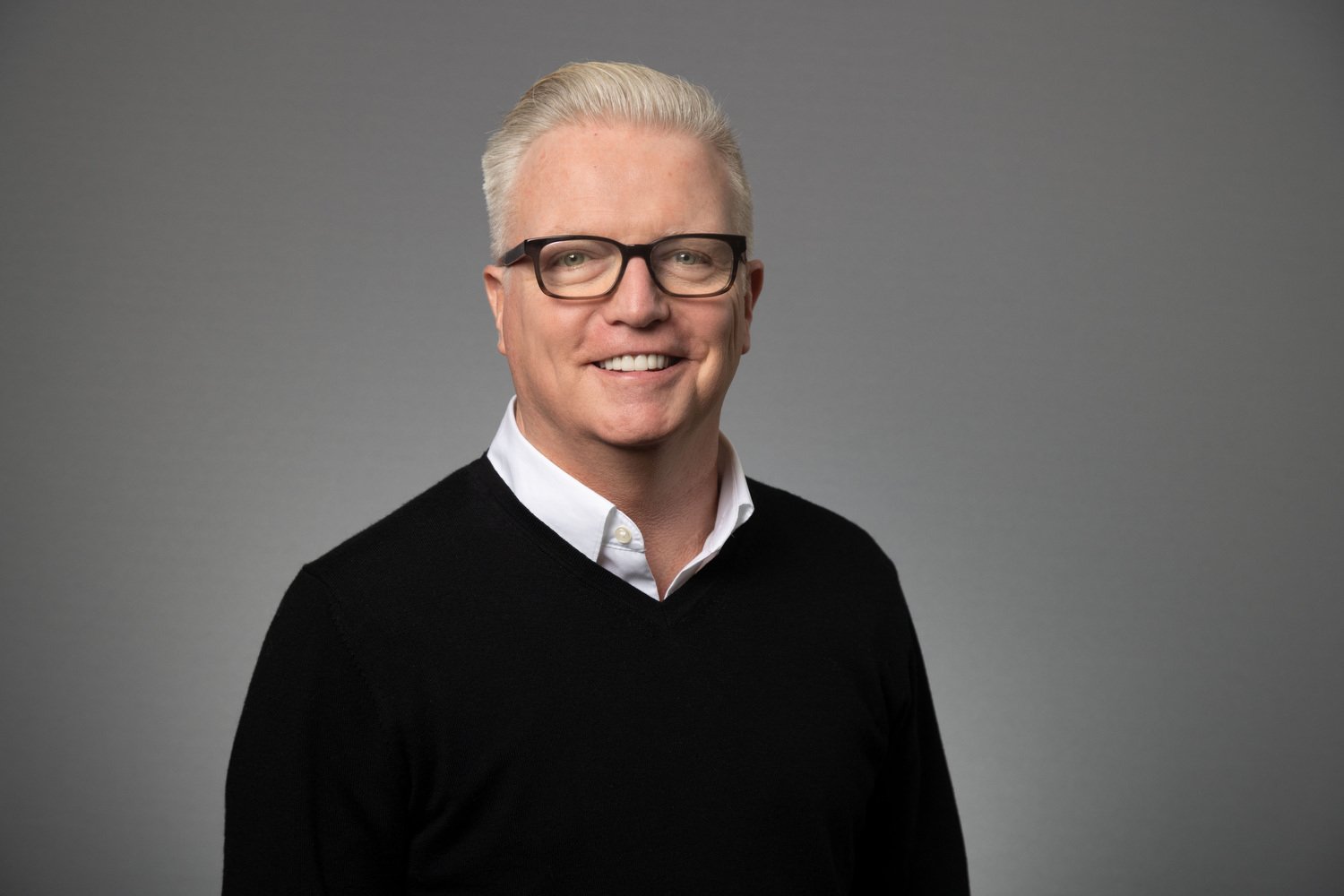Capturing professional images has become an essential aspect of showcasing one’s personal brand and establishing a credible online presence. Within the realm of business photography, two terms are often used interchangeably: corporate headshots and business portraits. However, there are subtle yet significant differences between the two.
In this article, we will delve into the nuances of corporate headshots and business portraits, exploring their unique purposes, styles, and contexts. By understanding these distinctions, you will be better equipped to make an informed decision when it comes to representing yourself or your organization through professional imagery.
Corporate Headshots
Corporate headshots are specific types of photographs primarily aimed at portraying individuals in a professional setting. These images are typically used for various corporate purposes, including company websites, LinkedIn profiles, press releases, and business directories. Key characteristics of corporate headshots include:
Focus on the individual
Corporate headshots concentrate on presenting the subject in a clean and straightforward manner, focusing on their facial features, expression, and overall demeanor. These images aim to reflect professionalism, competence, and approachability.
Consistency and branding
Corporate headshots often adhere to a standardized style within an organization. This consistency ensures a cohesive and recognizable visual identity for the company, enhancing its brand image.
Neutral background
The background in corporate headshots is usually kept simple and unobtrusive, with plain colors or minimalistic settings. This approach ensures that the focus remains on the individual and avoids any distractions.

Business Portraits
Business portraits, on the other hand, offer a broader and more artistic representation of individuals or groups within a professional context. While corporate headshots tend to be standardized, business portraits provide more room for creative expression. Here are some key aspects of business portraits:
Storytelling and personality
Business portraits aim to capture the essence of an individual or a group, showcasing their personality, character, and unique story. These images often incorporate props, poses, and settings that reflect the subject’s profession, interests, or values.
Context and environment
Unlike corporate headshots, business portraits often include the subject’s work environment or relevant settings that give viewers insight into their professional lives. These images provide a glimpse into the subject’s daily routine, workplace, or industry.
Artistic expression
Business portraits may experiment with lighting, composition, and unconventional angles to create visually striking and captivating images. They go beyond the traditional head and shoulder framing, allowing for more creativity and artistic interpretation.
Choosing the Right Style for Your Needs
When deciding between corporate headshots and business portraits, it is crucial to consider your specific requirements and goals:
Professional representation
If your primary objective is to convey professionalism, competence, and approachability, corporate headshots are the way to go. They offer a standardized, consistent look that aligns with corporate branding and is ideal for company websites, LinkedIn profiles, and business-related platforms.
Personal branding and storytelling
If you want to showcase your personality, tell a story, or create a more memorable impression, business portraits are a better choice. These images are suitable for personal websites, marketing materials, or industries where individuality and creativity are valued.

FAQs
Can corporate headshots and business portraits be used interchangeably?
No, corporate headshots and business portraits have distinct purposes and styles. Corporate headshots focus on presenting individuals in a professional manner, often adhering to a standardized look for consistency within a company. Business portraits, on the other hand, provide a broader and more artistic representation, showcasing personality, context, and storytelling.
What are the primary uses of corporate headshots?
Corporate headshots are commonly used for various corporate purposes, including company websites, LinkedIn profiles, press releases, business directories, and other professional platforms. They aim to reflect professionalism, competence, and approachability, providing a visual representation of individuals within a business setting.
How do business portraits differ from corporate headshots?
Business portraits offer a more creative and expressive approach compared to corporate headshots. They aim to capture the essence of an individual or a group, showcasing their personality, character, and unique story. Business portraits often incorporate props, poses, and settings that reflect the subject’s profession, interests, or values. They may also experiment with lighting, composition, and unconventional angles for artistic impact.
Which style should I choose for personal branding?
The choice between corporate headshots and business portraits for personal branding depends on your specific goals and the image you want to convey. If you aim to present yourself as a professional and maintain consistency with corporate branding, corporate headshots are the ideal choice. However, if you want to showcase your personality, tell a story, or create a more memorable impression, business portraits offer more creative freedom and allow for a deeper connection with your audience.
How can corporate headshots and business portraits enhance my professional image?
Both corporate headshots and business portraits contribute to establishing a strong professional image. Corporate headshots provide a polished and standardized representation, ensuring consistency within an organization. They convey professionalism, competence, and approachability, which are essential qualities for building trust and credibility. Business portraits, on the other hand, allow for personalization and storytelling, giving viewers a deeper understanding of your character, work environment, and industry involvement. This can help you create a more memorable and engaging impression with potential clients, colleagues, or employers.
What should I wear for a corporate headshot or business portrait?
When selecting attire for a corporate headshot or business portrait, it is important to dress in a manner that aligns with your professional image and the context in which the photo will be used. Opt for clothing that is appropriate for your industry or profession, reflecting a polished and professional look. Solid colors generally work well, avoiding busy patterns or logos that may distract from your face. Additionally, consider factors such as the background and lighting, ensuring that your outfit contrasts and complements the overall composition of the photo.
Should I hire a professional photographer for corporate headshots or business portraits?
While it is possible to take headshots or portraits yourself or with the help of a friend, hiring a professional photographer is highly recommended. Professional photographers have the expertise, equipment, and experience to capture high-quality images that effectively convey your desired message. They can provide guidance on posing, lighting, and composition, ensuring that the final photographs represent you or your business in the best possible way. Investing in professional photography is an investment in your professional image and can make a significant difference in how you are perceived by others.
Conclusion
While the terms “corporate headshots” and “business portraits” are often used interchangeably, it is crucial to understand their distinctions and choose the right style for your professional needs. Corporate headshots emphasize professionalism and individual representation, whereas business portraits provide a more artistic and context-driven approach. By recognizing the unique purposes and styles of these two forms of photography, individuals and organizations can effectively communicate their brand and create a lasting impact in their respective industries.
Also Read: The Impact of Corporate Headshots on Professional Networking
